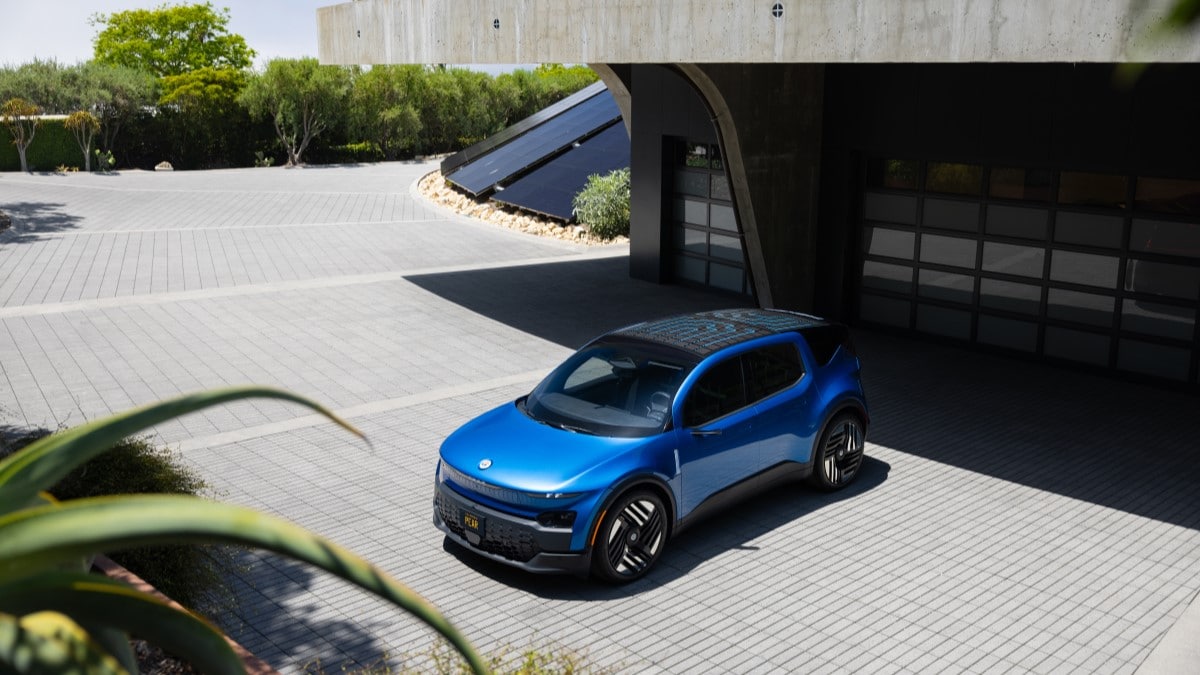Electric car startup Fisker has filed for Chapter 11 bankruptcy protection. The California-based automaker, Reuters reports, “looks to salvage its operations by selling assets and restructuring its debt after burning through cash in an attempt to ramp up production of its Ocean SUVs.”
The company halted new car production in March and said it had entered negotiations with a larger automaker — widely believed to be Nissan — about a possible rescue.
But its only product, the Ocean, was plagued by software issues. Our editors issued a rare do-not-buy recommendation, saying, “The Fisker Ocean’s appeal and potential quickly fade as soon as you drive it.”
Fisker’s Second Attempt
If the name Fisker sounds familiar, you may be thinking of an earlier effort. This was famed car designer Henrik Fisker’s second attempt to launch an automaker under his own name.
The man responsible for the original BMW Z8 and the look of the Aston Martin DB9, Fisker has a long track record of designing cars for others. But he has now attempted to start his own automaker and failed twice.
His first attempt delivered about 2,000 Fisker Karma sedans before filing for bankruptcy in 2013.
Owners Left Unsupported
The move leaves the thousands who bought a Fisker Ocean in the lurch. When an automaker collapses, its supply of spare parts for repairs dries up. The company stops updating software.
When the prior iteration of Fisker declared bankruptcy, a Chinese company bought its assets and continued manufacturing the cars for several years. So repair shops could sometimes find parts. It’s not clear that will happen this time.
Guidehouse Principal Analyst Sam Abuelsamid told CarBuzz that, unless another company buys Fisker’s assets, “the current vehicles will effectively be frozen in amber.”
“The vehicles will keep running for as long as they can, but there won’t be any more software updates unless Fisker decides to open source the code, at which point some developers might step up.”
The cars face two outstanding software-related recalls related to sudden loss of power and inadequate safety warnings.
Could Be One of Several
Fisker is the second EV startup to fail in a year. EV truck builder Lordstown Motors declared bankruptcy last June.
Starting a new car company is one of the most expensive and difficult challenges in the business world. It requires an immense capital outlay and tolerance for years of losses before the first profit. Tesla, for instance, had its first profitable quarter selling cars in its 18th year in operation. Profits came quickly for the company after that point – but not many rivals could absorb nearly two decades of expenses before breaking into the black.
Today’s EV startups may have a harder road, as Tesla was able to stay afloat in part by selling other automakers regulatory credits required under emissions laws. Now that most rivals build EVs, few need to buy the credits.
That’s why many analysts expect a culling of EV startups in the coming years. Many companies have launched in hopes of becoming the next Tesla. Most plan to skip building a dealership network and sell cars directly to consumers, Tesla-style.
Many are likely to fail.
Deep Pockets May Matter More Than Great Products
That leaves car shoppers evaluating not just the car they want to buy, but the company behind it.
Some startup automakers have significant financial backing. Rival Lucid, for instance, has attracted Saudi investment based on its successful Lucid Air sedan. That gives it some runway to work with.
Others are like Fisker, with less investor backing. Their products may be attractive. But with significant questions about the companies’ long-term survival, we caution buyers against buying from a startup automaker.








